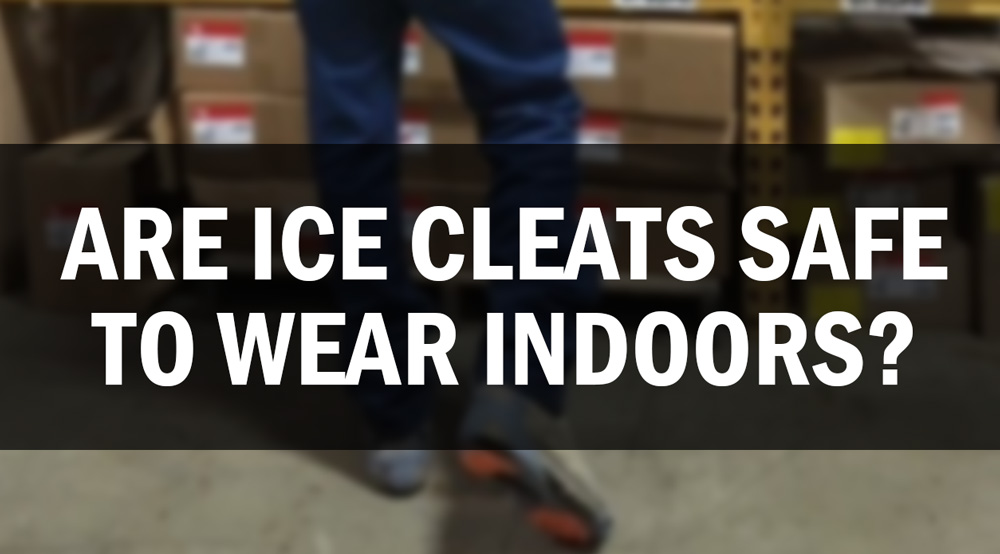Meteorologist Henry Margusity forecasts active winter weather leading into the holiday, starting with a system tracking into the Northeast tomorrow, December 23rd. This disturbance is expected to bring a general 1 to 4 inches of snow to the region, with locally higher amounts possible and a risk of ice accumulation across the Appalachians and south-central Pennsylvania. The system will likely bring snow into New York City and potentially as far south as Baltimore before transitioning to a wintry mix. Concurrently, a "Pineapple Connection" is streaming moisture into the West, dumping heavy snow[…]
Continue Reading
A practical guide for separating fact from fiction in winter safety Slips and falls are one of the most common workplace injuries during winter. Yet many organizations still rely on outdated beliefs that unintentionally increase risk. These myths lead to underestimating hazards, misusing equipment, and assuming workers are safer than they truly are. Myth 1: “We use salt, so we are covered” Reality: Salt helps, but it is not a complete solution. Salt becomes ineffective when temperatures fall below certain levels. Even when applied correctly, refreezing happens overnight, shaded areas remain sl[…]
Continue Reading
A modern look at equipment design, and inclusive protection Women are joining industrial and field based roles in greater numbers than ever before. From construction and utilities to warehousing, transportation, and field service, the workforce is becoming more diverse and more skilled. As this shift continues, one area that has not kept pace is winter safety. Winter hazards do not impact everyone equally. When PPE, footwear, and safety policies are built around a male dominated workforce, women are left with equipment that fits poorly, performs inconsistently, and increases their risk of inju[…]
Continue Reading
Who doesn't love winter? With the snow falling gently from the sky, it transforms the world into a picturesque wonderland. It's a time when families come together, hot cocoa is sipped by the fireplace, and memories are made. However, not everyone shares the same sentiment when it comes to winter. For safety professionals, the arrival of winter brings with it a sense of apprehension and concern. As the temperature drops and the ground becomes covered in a blanket of snow and ice, slips and falls become a common occurrence. This is especially worrisome for safety professionals whose main priorit[…]
Continue Reading
Are ice cleats safe to wear indoors? In most cases, the answer would be no, traditional ice cleats are designed for a sole purpose: preventing slip and fall incidents on icy surfaces. Picture an airport in the middle of January, someplace like Chicago that experiences brutal winters. The employees who work outdoors need footwear that will keep them slipping when they walk, so they put on a pair of ice cleats, allowing them to walk safely over slick surfaces. Once they get inside, it’s a whole different story. Read on to learn why most ice cleats are not meant for indoor wear, and to find out m[…]
Continue Reading
The process of buying ice cleats is a lot like the search for any new product. Sometimes it’s smooth sailing, and other times you run into frustration and confusion, and end up spending a lot more time than you’d like to find the ice cleats you need. And it’s a situation where you need to take your time to make sure you’ve found the best and safest traction solution for your employees working outdoors in cold, slippery conditions. In this blog post, we’ll look at some of the questions you should ask yourself when shopping for ice cleats to take some of the stress out of the process and keep yo[…]
Continue Reading












